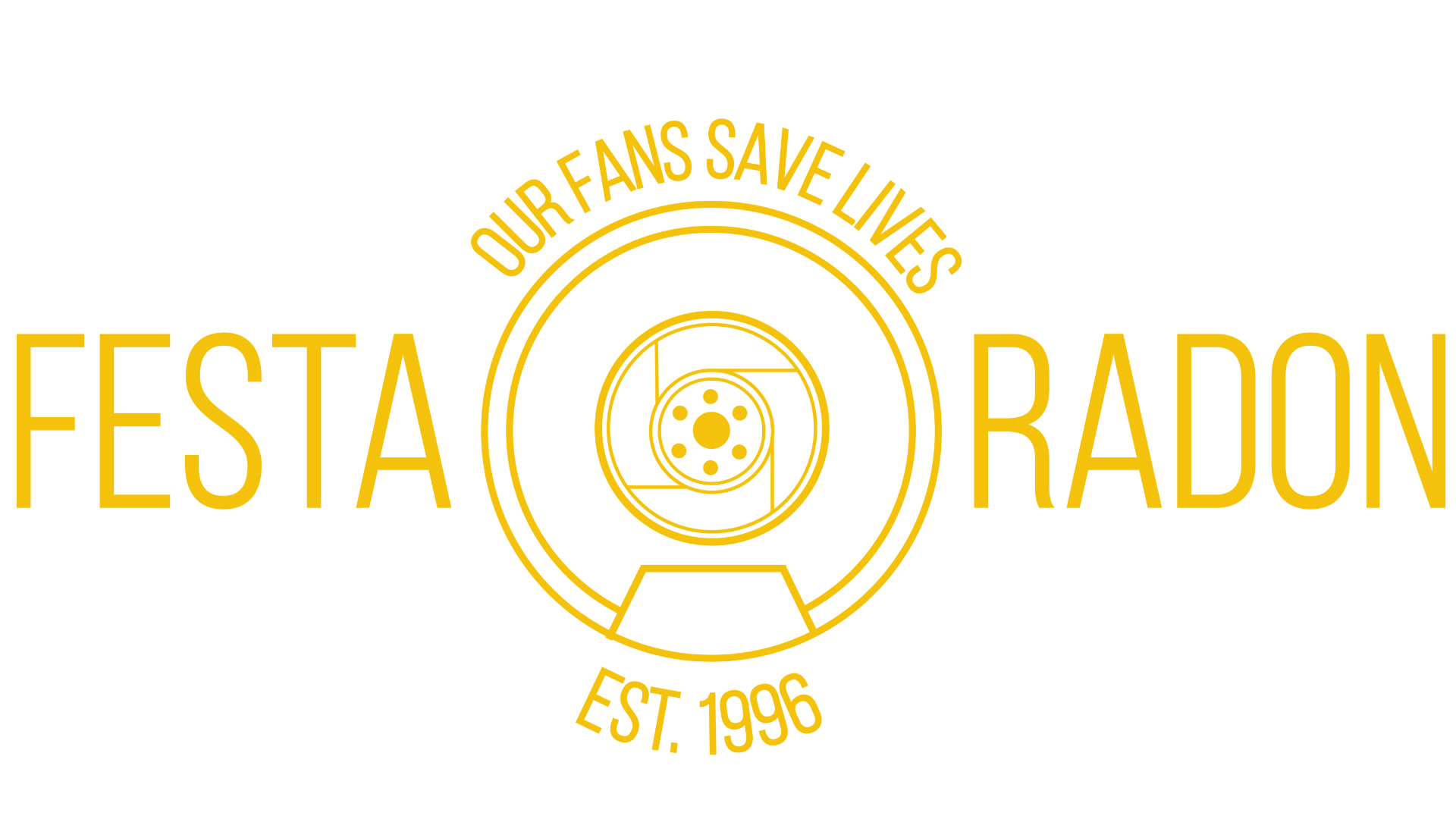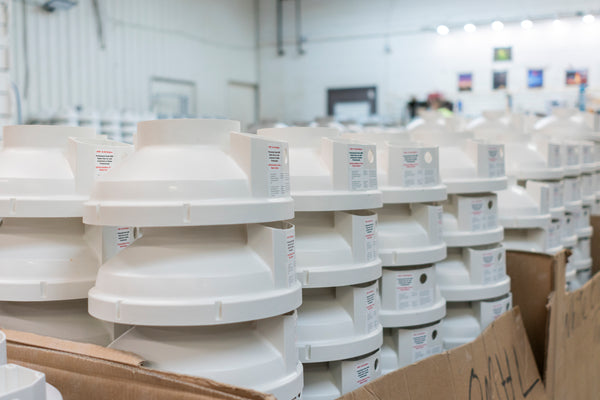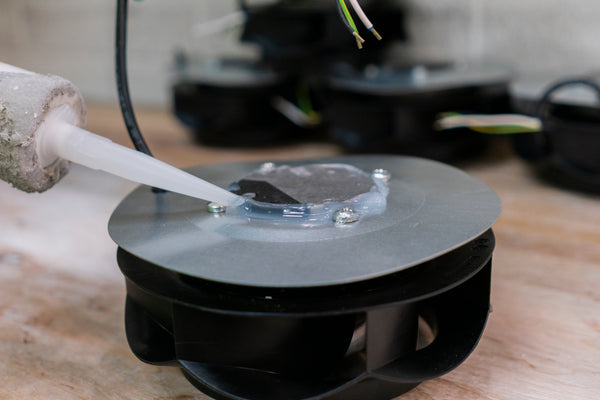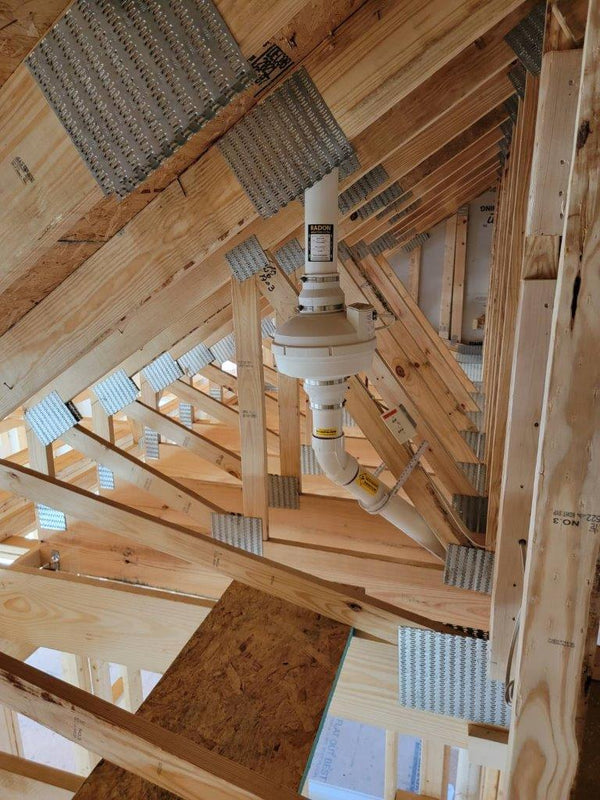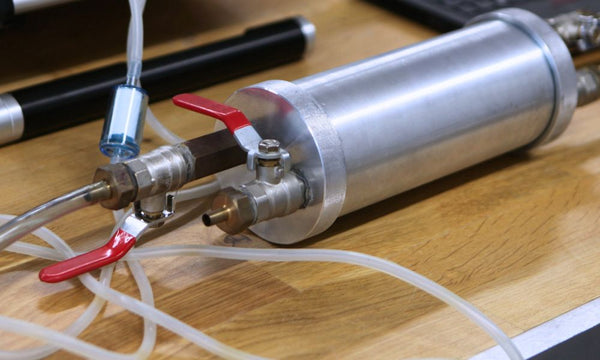
The Most Common Radon Gas Testing Methods
Radon gas is a silent yet dangerous invader, responsible for causing many lung cancer cases every year. The colorless, odorless, and tasteless gas seeps into homes and buildings without any warning signs. It’s crucial to be aware of the risks and equip yourself with the knowledge to detect and mitigate this health hazard.
Explore the most common radon gas testing methods and how these techniques can help you assess and address radon levels in your home or office.
Short-Term Testing: Quick and Accurate
One of the most popular radon gas testing methods is short-term testing. This approach provides results quickly, usually within a few days to a week. Short-term methods typically use devices such as charcoal canisters, electret ion chambers, or continuous radon monitors, which testers place in the lowest lived-in area of a home. These devices capture radon and its decay products so a professional can analyze them for the presence of radon gas.
It is important to note that short-term tests are most effective when conducted under closed-house conditions. This means you’ll need to keep windows and doors closed, except for regular entry and exit doors. You should also turn fans and other air-moving systems off during the testing period.
Long-Term Testing: Comprehensive Results
For a more in-depth evaluation of radon levels in your home, try long-term testing. This method takes measurements over an extended period, usually from three months to a year. Long-term testing devices, such as alpha track detectors and electret ion detectors, can provide a more accurate representation of your home’s average radon level.
Long-term tests are particularly valuable because they account for potential fluctuations in radon levels due to seasonal changes and varying weather conditions.
Continuous Testing: Real-Time Monitoring
Continuous radon monitoring is another effective method for detecting radon levels in your home. These electronic monitoring systems provide real-time radon measurements, allowing homeowners to have an ongoing awareness of the fluctuating radon levels in their living spaces. High-quality continuous monitoring devices can also alert you when radon levels reach dangerous thresholds, providing greater peace of mind and a higher level of safety.
Continuous radon monitoring may require a higher initial investment compared to short-term and long-term testing, but it offers the advantage of continuous surveillance and up-to-date information on radon levels in your home.
Understanding and utilizing the most common radon gas testing methods is an essential step in protecting yourself and your loved ones from the dangers that radon presents. By identifying and addressing high radon levels in your home, you can decrease the risks associated with this hazardous gas.
Another way to manage radon levels in your home is by utilizing radon mitigation supplies. At Festa Radon, we carry radon reduction fans and venting systems that help maintain proper ventilation and mitigate radon concentrations year-round. Keep your living spaces safe and radon-free—shop our products today.
